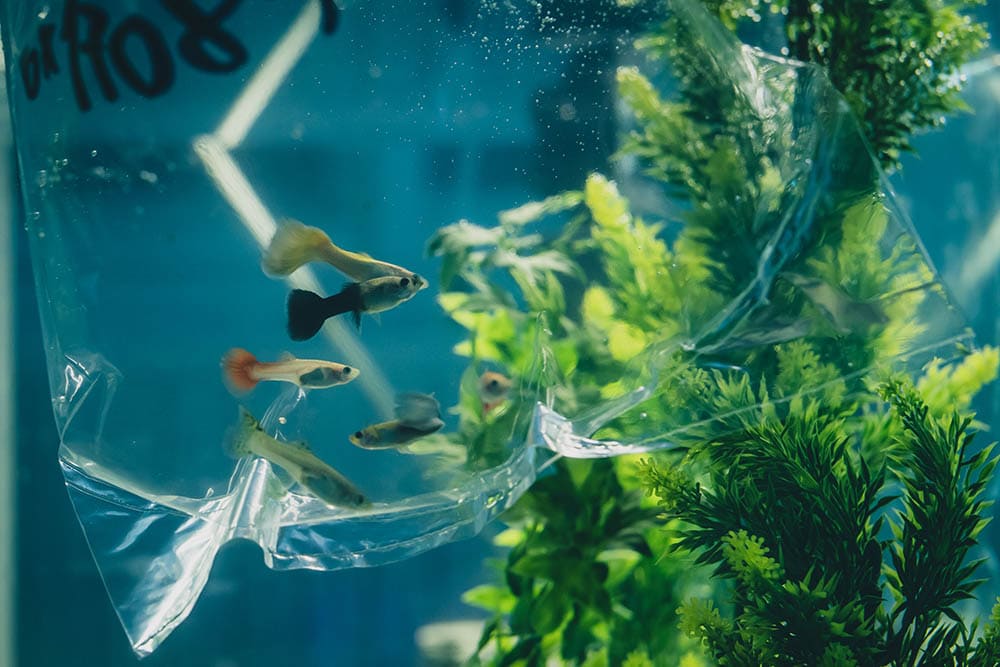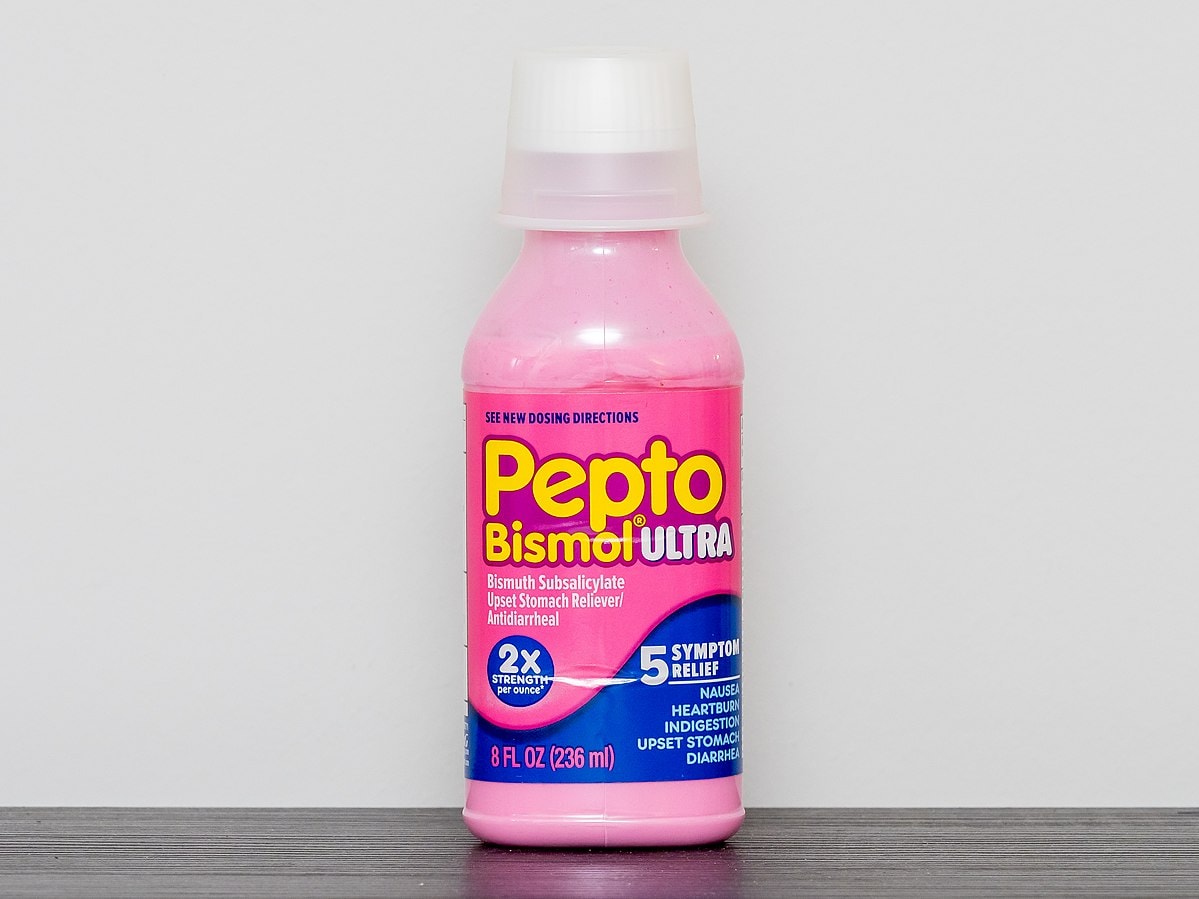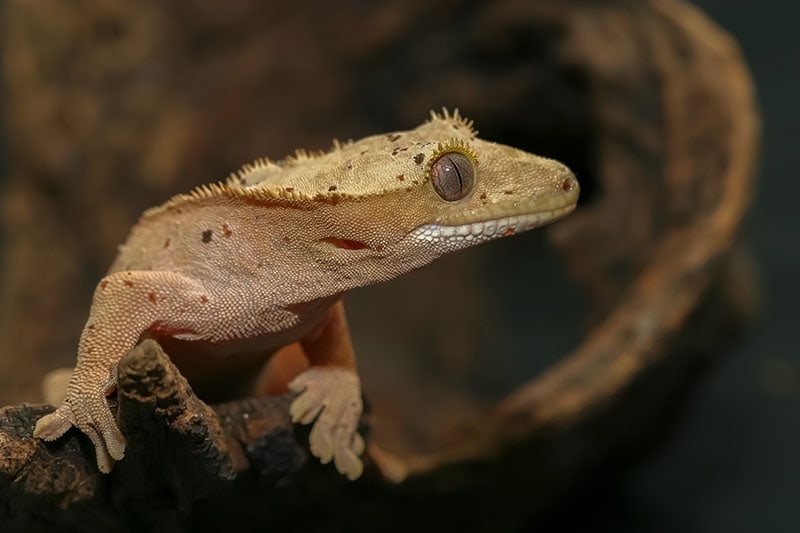Click to Skip Ahead
When you start looking into getting a fish tank, one of the first things you try to decide is what type of fish you’re planning to get.
Of course, part of planning your tank also includes how many fish you’ll have in the tank, so you need to get more information about that. Then you set foot on the internet, and you’re struck with all kinds of rules about how to stock your fish tank.
Are these rules for real, though? Is there any science to them?

How Many Fish Can Be in an Aquarium?
The general rule of thumb for fish keeping is 1 gallon of water for every 1 inch of fish in the tank. This would mean that your 10-gallon tank could, theoretically, safely contain 10, 1-inch neon tetras or two 5-inch goldfish.
The main issue with this rule, though, is that there are a multitude of factors that go into how many fish can actually be safely and comfortably kept in an aquarium, and some of those factors are entirely dependent upon you.
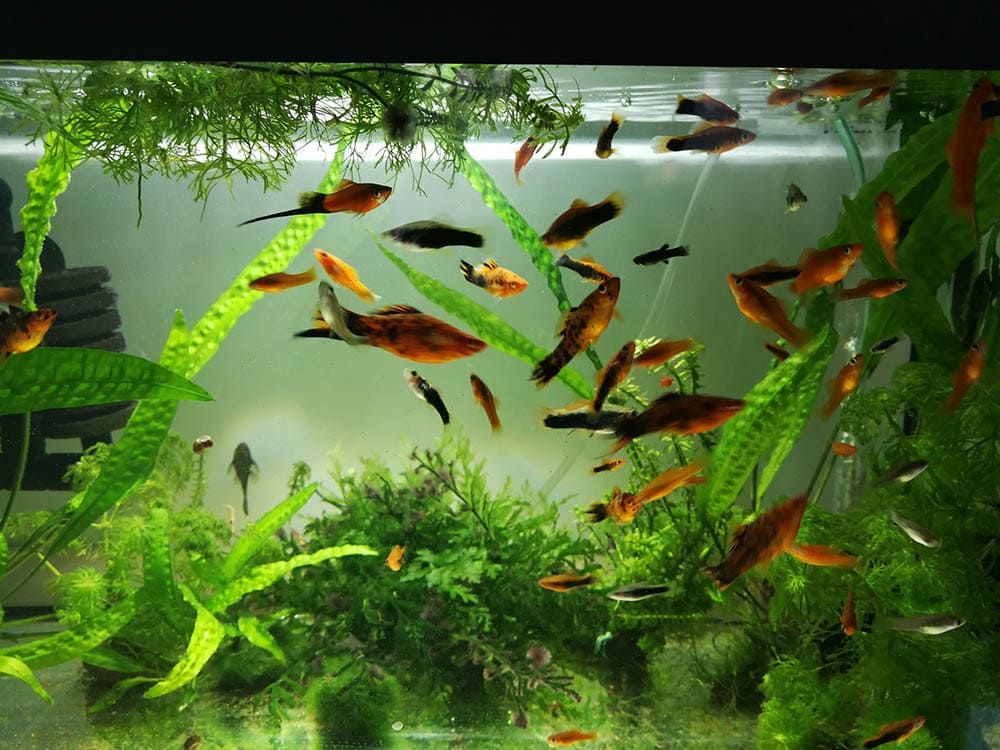
Aquarium Care Requirements
The more fish you have in an aquarium, the more cleaning it will require. This means that the more fish you decide to keep, the more time and effort you’ll need to be willing to dedicate to aquarium care. The number of fish isn’t the only important factor here, though. The size of the fish in the tank matters, too.
Some fish produce more waste than others, which means they produce a heavier bioload in the tank. The bioload will impact how well the beneficial bacteria and filtration system in the tank can do their jobs.
Some fish, like goldfish and common plecostomus, are well known to produce heavy bi load. They often produce a heavier bioload than other fish of a similar size. A neon tetra produces a low bioload, but a shoal of 20 neon tetras is likely to give one goldfish a run for its money.
Types of Fish
Not all fish play well with others, even when it comes to their own species. In larger tanks, there is more space for you to provide hiding places and for your fish to set their own territories.
If you’re keeping two territorial fish in a 10-gallon tank, then they are more likely to struggle to set territory boundaries and are more likely to fight. Some fish are even known to fight until one or both are injured or dead, so it’s essential for you to understand the behaviors of any fish before bringing them home.
The type of fish you have will also determine how much fish is in the tank. Meaning, one neon tetra doesn’t take up much space at all, and at first glance, it could probably live happily in a 2-gallon tank. However, neon tetras are shoaling fish that are happiest when kept in groups of at least six fish, and they prefer groups of ten fish or more. That means that you’re quickly going to go from that one neon tetra in your 2-gallon tank to 10 neon tetras in that same tank in order to maintain the health of the first neon tetra you bought.
If this happens, then you’ve overstocked the tank not because the 1-inch per gallon rule isn’t being followed, but because there feasibly isn’t enough space for that number of fish to live comfortably and happily.
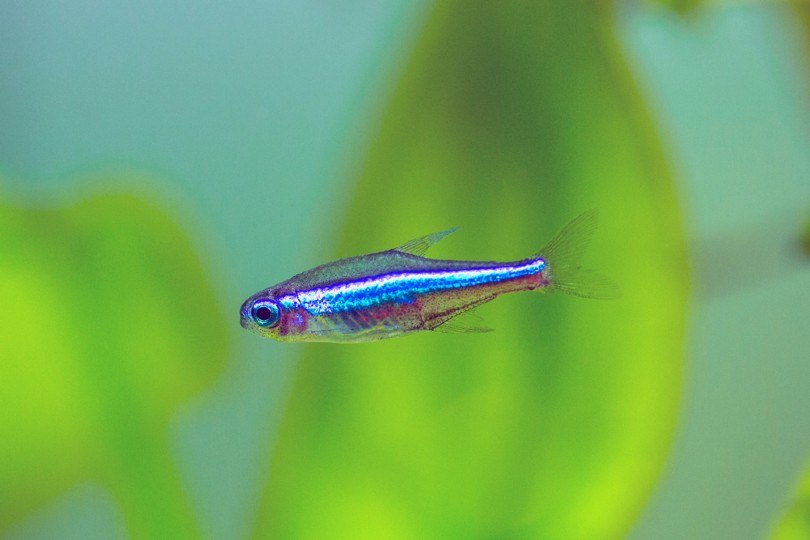
Physical Space in the Tank
If you were to follow the 1 gallon for every inch of fish rule, then you’d technically be able to keep a 10-inch fish in a 10-gallon tank, right? Well, when was the last time you saw a 10-inch-long fish? It might surprise you to realize just how big of a fish that is, and when you compare it to a 10-gallon tank, it’s going to look mighty cramped.
It’s your responsibility to use your best judgment when putting a fish into a tank. Some fish will get physically large, to the point that they will not comfortably and happily be able to live in a smaller tank. Some fish require 50 gallons or more to keep them happy and healthy, but those fish aren’t 50 inches long.
If your fish is longer than the length and the width of your tank, then the tank is too small for that fish. If your fish seems cramped when trying to turn around or lacks adequate swimming space, then the tank is too small.

Conclusion
There is a great deal of personal responsibility that comes into play when you are stocking your aquarium. There are a variety of ways you can safely stock a tank of any size, but it does mean that you’ll have to use common sense and good judgment.
You also need to honestly evaluate just how much time and effort you’re willing to put into the management of your aquarium because this will be a huge factor in just how many fish and of which species you can keep.
Featured Image Credit: Anze Furlan, Shutterstock
